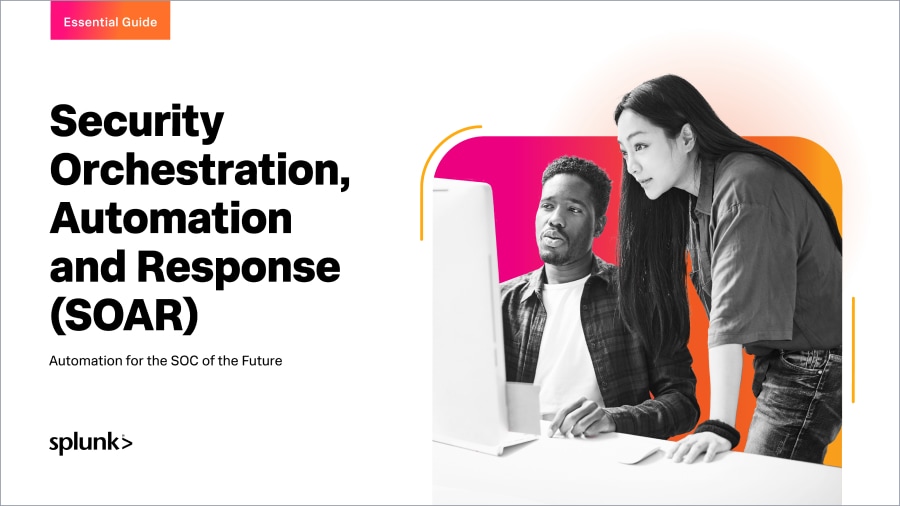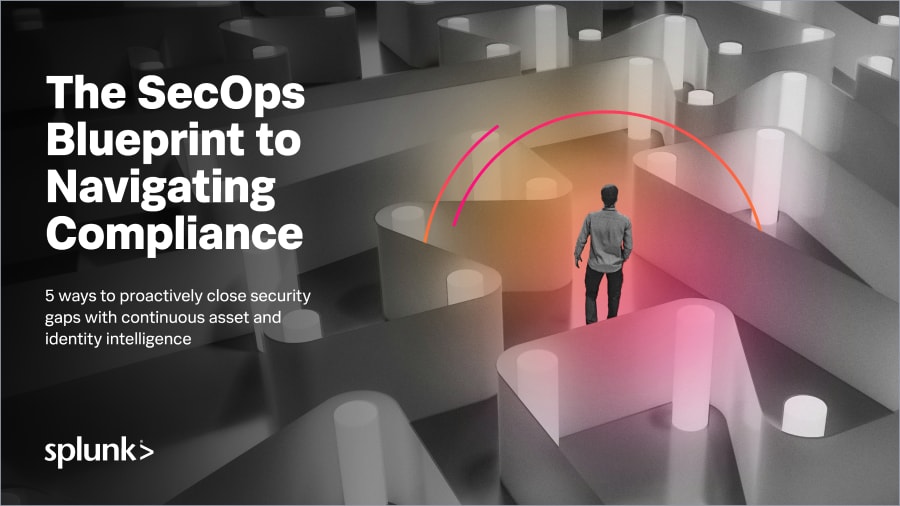Splunk Security Ops: Building the Blueprint for Success

Let’s be real—running Security Operations is like trying to drink from a firehose while juggling chainsaws blindfolded at the same time. The threats don’t take weekends, the alerts never stop, and just when you think you’ve seen it all, some new attacker decides to get creative. And let’s not forget we are simultaneously managing the needs of the business and managing a global team seated all over the world.
With so many aspects of the business requiring attention, it is easy to get lost in the chaos and forget the most important thing: to focus (and refocus!) on the basics. Jalen Hurts (of the Philadelphia Eagles), said it best: Keep the main thing the main thing. In security, that means staying laser-focused on defending your organization — without drowning in distractions.
Within Splunk Global Security, we’ve identified the core principles that enable us to focus on what’s important (security) while keeping Splunk at the cutting edge of security operations:
1. Data Is Our First-Class Passenger
Our security program is only as good as the data feeding it. If our data is garbage, our detections are garbage, and our response times will be about as fast as a creep of tortoises (Seriously—yeah, really!) running uphill through molasses in wintertime. Splunk treats data like the VIP it is, ensuring that everything we ingest is clean, structured, and actionable.
2. We Work Smarter With Automation
Manual processes are the enemy of speed. By automating key workflows using Splunk SOAR, we’ve reduced the time to triage a phishing email to less than seven minutes. That’s less time than it takes to microwave popcorn and argue about who left their empty coffee mug in the SOC sink—again. If that doesn’t make you want to automate everything, I don’t know what will. But it’s not just speed that we’re after. Automation enables us to hyper focus on the things that are most important to us. We don’t rely on humans to complete repetitive, mundane tasks — whether it’s updating case notes automagically through a custom-developed Slack integration or automatically building the scaffolding to support our incidents with zero human intervention. We’re always looking for opportunities to gain efficiency.

The Essential Guide to SOAR
3. Turning Operational Problems Into Measurable Outcomes
As an Operations leader, regardless of discipline, we have a seemingly endless laundry list of problems. From alert fatigue to a sprawling data landscape, operational inconsistency and service quality, the list goes on and on. But what are you going to do about it? Within every problem is an opportunity waiting to be discovered. By focusing on the problems, we are allowing ourselves to be laser focused on delivering value-based outcomes. But we’re not all talk — we make it a requirement to measure our outcomes, not only at delivery but throughout the lifecycle of the solution.
4. We Eat Our Own Cooking AKA ‘Customer Zero’
At Splunk, we don’t just build security products—we use them. We refer to this practice as ‘Customer Zero:’ Splunk’s own Global Security Operations (GSO) team puts our technology through the wringer — just as any customer would. We bring our experience as security practitioners to the table, partnering closely with our product teams to deliver real-world, real-time feedback from using Splunk in production.That feedback helps shape features, improve usability, and ultimately reflect the needs of the broader security community. We take a lot of pride in building our service the same way any customer would—no secret handshakes, no back-channel agreements—just a team using the best product in the world to solve real problems. We have the same experiences you do, and we use those experiences to drive product improvement—so what works for us, works even better for you.

5. We Enable the Business (And You Should, Too)
Security isn’t just about stopping threats—it’s about making security work for and even enhance the business , and unfortunately it’s something that is forgotten about or minimized all too often in security operations. For Splunk operations, enabling the business means:
- Strengthening Stakeholder Relationships: Strong teams don’t operate in silos. We work closely with IT, legal, engineering teams and the cybersecurity Board of Directors to create a unified security strategy.
- Sharing Our Playbooks: Open-sourcing frameworks and methodologies to help customers replicate our success.
- Job Shadowing: Bringing other teams into security to build cross-functional awareness.
- Continuous Improvement: Always asking: Are we doing the right things, not just the things we know how to do?
- Investing in Analyst Growth: Encouraging SOC analysts to take ownership of their work, contribute to program improvements, and continuously learn.
Final Thoughts
For Splunk Global Security, defending Splunk isn’t just about protecting Splunk. If we can defend a global enterprise with a security team that runs on caffeine, continuous improvement, and authenticity—so can you.
What’s Next: Being Customer Zero
This blog focused on how we stay focused, keep security front and center, and operate at scale. But it’s just the beginning. In upcoming posts, we’ll take you behind the scenes into how Splunk Global Operations lives out that role of Customer Zero. It’s one of the ways we stay at the cutting edge of security operations—and ensure you can, too.
Related Articles
About Splunk
The world’s leading organizations rely on Splunk, a Cisco company, to continuously strengthen digital resilience with our unified security and observability platform, powered by industry-leading AI.
Our customers trust Splunk’s award-winning security and observability solutions to secure and improve the reliability of their complex digital environments, at any scale.




